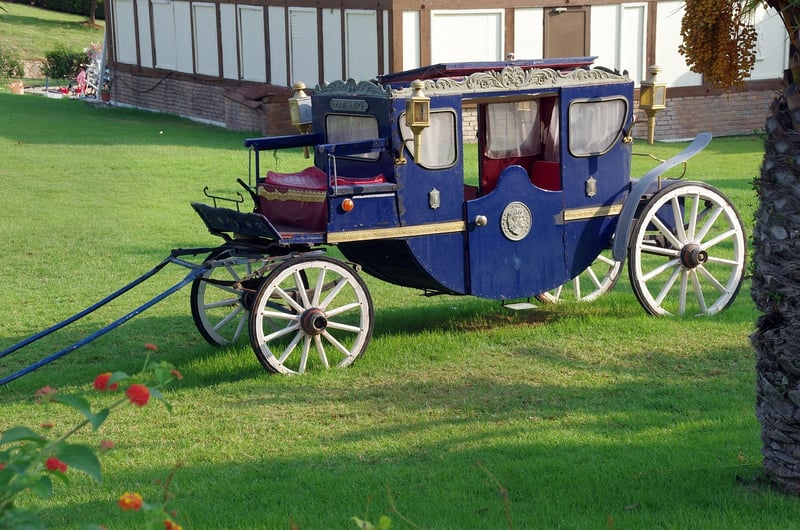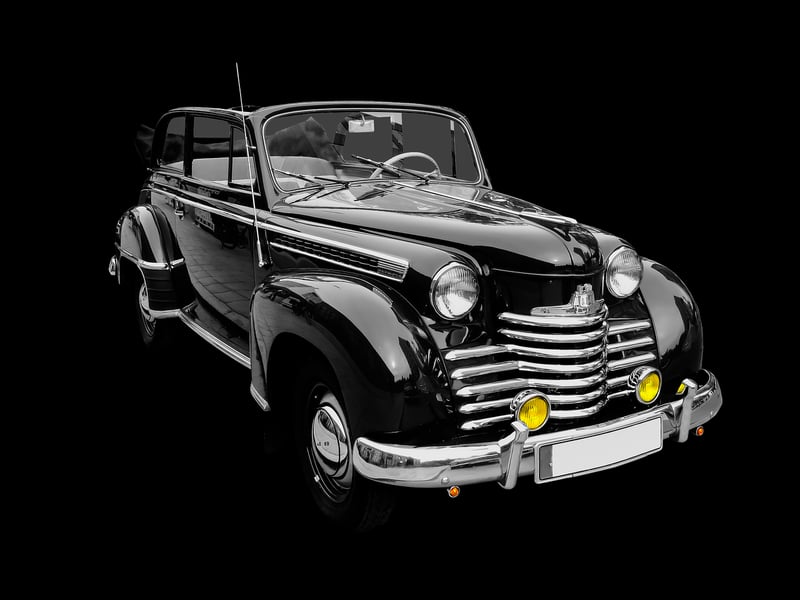Quantum Leap
The Evolution of Transportation: From Horse-Drawn Carriages to Quantum Leap
Transportation has come a long way since the days of horse-drawn carriages and steam locomotives. The advancements in technology have revolutionized how we move from one place to another. Let's take a journey through the modes of transportation that have shaped our world and look ahead to the future with the concept of Quantum Leap.
1. Horse-Drawn Carriages
Centuries ago, horse-drawn carriages were the primary mode of transportation for people. These carriages were slow but essential for travel and transporting goods.

2. Steam Locomotives
The invention of steam locomotives in the early 19th century revolutionized land transportation. Trains could now travel long distances at higher speeds, connecting cities and shaping trade networks.

3. Automobiles
With the mass production of automobiles in the 20th century, personal transportation became more accessible. Cars offered flexibility and freedom to individuals, transforming the way we commute.

4. Airplanes
The invention of airplanes opened up the skies for rapid travel across continents. Air travel revolutionized long-distance transportation, making the world more interconnected.

5. Quantum Leap
Imagine a future where transportation transcends conventional limits. Quantum Leap is a concept that envisions instantaneous travel through quantum teleportation, defying the constraints of time and space.

While Quantum Leap may still be a theoretical concept, it represents the endless possibilities that technology holds for the future of transportation.
From humble horse-drawn carriages to the futuristic idea of Quantum Leap, transportation has evolved significantly, shaping societies and economies along the way. As we continue to innovate and explore new frontiers, the way we move will continue to transform, opening up new horizons for humanity.
